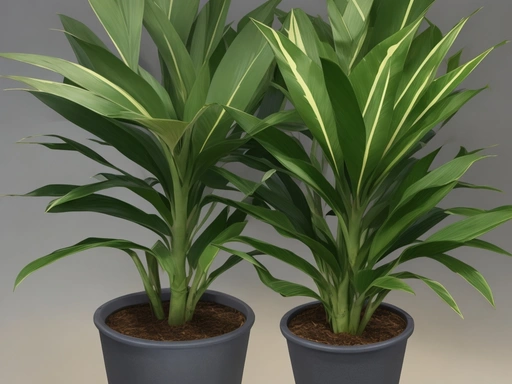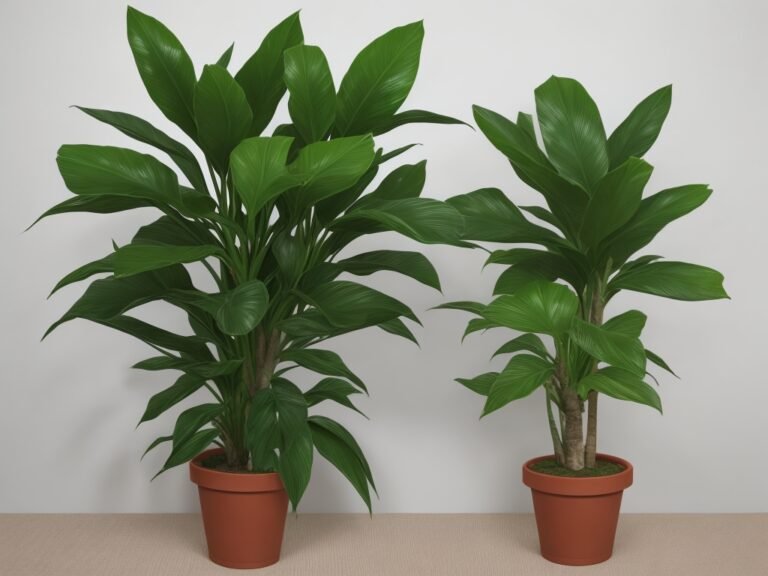Best Soil Mix For Dracaena Plants – A Gardener’s Guide
Key Takeaways:
- Use a well-draining soil mix for Dracaena plants to prevent waterlogging.
- A mixture of peat moss, perlite, and vermiculite works well for Dracaena soil.
- Adding organic matter like compost can improve soil fertility for better Dracaena growth.
Are you struggling to keep your Dracaena plants healthy and thriving?
Well, my friend, I have some exciting news for you.
Today, we are diving deep into the world of soil mixes for Dracaena plants.
Why is the soil mix so important, you may wonder?
Well, it’s the foundation of your plant’s health and growth.
Neglecting this crucial aspect can lead to a myriad of issues.
But fear not! I’m here to guide you towards the best soil components, recommended mixes, and essential steps to prepare the perfect soil mix for your beloved Dracaena plants.
So, let’s get our hands dirty and unlock the secrets to a flourishing indoor jungle!
| Soil Mix Component | Benefits |
| Peat Moss | Retains moisture, providing consistent hydration for the plant’s roots Improves soil structure by increasing its water-holding capacity and aeration |
| Perlite | Enhances drainage, preventing waterlogging and root rot Improves aeration by creating air pockets in the soil, promoting healthy root growth |
| Compost | Enriches soil with essential nutrients that support plant growth Improves soil structure by adding organic matter and promoting microbial activity |
| Coconut Coir | Retains moisture, reducing the frequency of watering Improves drainage by preventing compaction and maintaining soil structure |
| Perlite | Enhances drainage, preventing waterlogging and root rot Improves aeration by creating air pockets in the soil, promoting healthy root growth |
| Sand | Improves drainage, preventing waterlogging and root rot Provides stability to the plant by improving soil structure and preventing soil compaction |
Understanding Dracaena Plants
Dracaena plants have various types, each with their own unique characteristics and care requirements.
Types of Dracaena Plants
Dracaena plants come in a variety of types, each with its own unique features.
Dracaena marginatainclude Dracaena fragrans, known for its beautiful foliage, Dracaena marginata with its distinctive red-edged leaves, and Dracaena reflexa, which has glossy green leaves.
Other popular types include Dracaena sanderiana, Dracaena deremensis, and Dracaena massangeana.
These plants vary in size, shape, and color, allowing you to choose the perfect fit for your home or office.
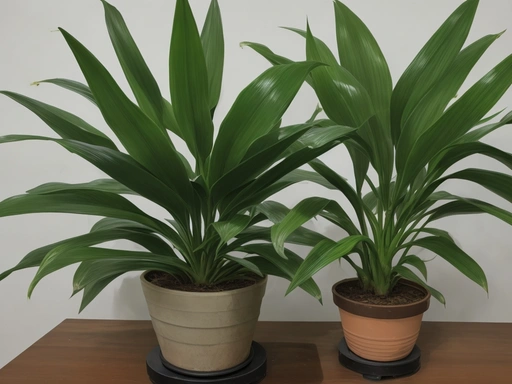
Care Requirements for Dracaena Plants
Dracaena plants are relatively low-maintenance, making them great for beginners. They thrive in bright, indirect light and prefer temperatures between 60-75°F (15-24°C).
Keep the soil evenly moist, but avoid overwatering which can lead to root rot.
Regularly clean the leaves to prevent dust buildup. Fertilize every 2-4 weeks during the growing season.
Trim any yellow or brown leaves to maintain a tidy appearance.
With proper care, your Dracaena plant will thrive!
Importance of Soil Mix for Dracaena Plants
Having the right soil mix is essential for the optimal growth and health of your Dracaena plants.
Significance of a Good Soil Mix
A good soil mix is crucial for the health and growth of Dracaena plants.
It provides the necessary nutrients, aeration, and drainage for the roots, ensuring proper moisture levels and preventing waterlogging.
It also supports the plant’s development of your Dracaena plants compaction.
Using a quality soil mix promotes strong and vibrant Dracaena plants.
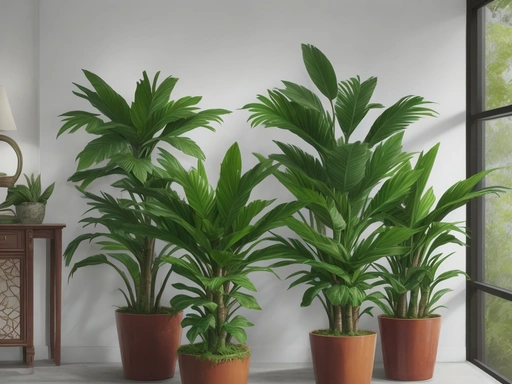
Effects of Poor Soil on Dracaena Plants
Poor soil can have detrimental effects on Dracaena plants.
It can lead to stunted growth, yellowing leaves, and overall poor health.
The plant may struggle to absorb nutrients and water, leading to deficiencies and dehydration.
Inadequate drainage can also cause root rot and fungal diseases.
The soil mix plays a crucial role in providing the right conditions for healthy growth.

Factors to Consider for Choosing a Soil Mix
When selecting a soil mix for your Dracaena plants, there are a few key factors to consider.
These include:
- Drainage: Dracaena plants prefer well-draining soil to prevent waterlogging and root rot. Look for a mix that allows excess water to flow freely.
- Organic matter: Adding organic matter, such as compost or peat moss, can improve soil fertility and water retention, providing essential nutrients for your plants.
- pH balance: Dracaena plants prefer slightly acidic to neutral soil with a pH level between 6 and 7. Make sure the soil mix you choose falls within this range.
- Nutrient-rich additions: Some soil mixes may already contain fertilizers, while others may require the addition of slow-release or water-soluble fertilizers. Consider the nutrient needs of your Dracaena plants and choose a mix accordingly.
Remember to consider these factors when selecting a soil mix to ensure the optimal growth and health of your Dracaena plants.
Best Soil Components for Dracaena Plants
To ensure healthy growth and development of your Dracaena plants, it’s important to consider the right soil components, including organic matter, well-draining material, pH balance, and nutrient-rich additions.
Organic Matter
Organic matter is a key component in soil mix for Dracaena plants.
It helps improve soil structure, retains moisture, and enhances nutrient availability.
Organic matter can be added through compost, well-rotted manure, or other organic materials.
It promotes healthy growth and overall plant vitality.
Well-Draining Material
Well-draining material is a crucial component of a good soil mix for Dracaena plants.
It allows excess water to drain away, preventing the roots from sitting in water and avoiding root rot.
Examples of well-draining materials include perlite, sand, and vermiculite.
These materials improve the overall drainage of the soil, promoting healthy root growth and preventing waterlogged conditions.
pH Balance
pH balance is crucial for dracaena plants. Aim for a slightly acidic to neutral pH range of 6 to 7.
This ensures optimal nutrient uptake and prevents nutrient deficiencies.
Use a pH meter or test kit to monitor and adjust the pH level of your soil to create the best growing conditions for your dracaena plants.
Nutrient-Rich Additions
Nutrient-rich additions, such as compost and organic fertilizers, are important for the growth and health of dracaena plants. These additions provide essential nutrients like nitrogen, phosphorus, and potassium, which promote robust foliage and vibrant colors.
You can also consider adding worm castings or seaweed extracts to further enhance the soil’s nutrient content.
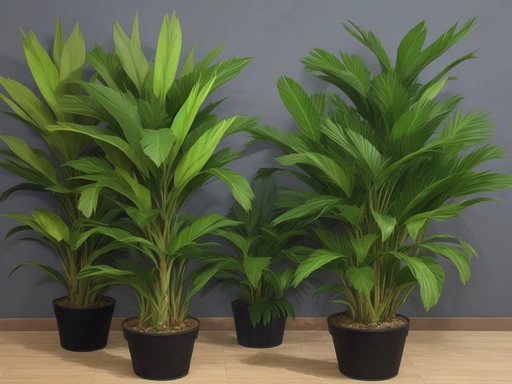
Recommended Soil Mixes for Dracaena Plants
For Dracaena plants, recommended soil mixes include commercial potting mix and a DIY soil mix recipe.
Commercial Potting Mix
Commercial potting mix is a pre-made soil mix specifically formulated for potted plants like Dracaena. It usually consists of a mixture of organic matter, such as peat moss or compost, and well-draining materials like perlite or vermiculite.
This ready-to-use mix saves time and effort, ensuring that your Dracaena has the right balance of nutrients and drainage for healthy growth.
DIY Soil Mix Recipe
The basic DIY soil mix for Dracaena plants consists of equal parts of peat moss, perlite, and potting soil. Mix them together thoroughly to create a well-draining and nutrient-rich soil blend.
Avoid using regular garden soil, as it can be too heavy and retain too much moisture for these plants.
Steps to Prepare the Soil Mix
To prepare the soil mix for your Dracaena plants, follow these simple steps: Gather the components and mix them thoroughly before testing the soil pH.
Gather the Components
To gather the components for your soil mix, you will need organic matter like compost or peat moss, well-draining material such as perlite or vermiculite, pH balance adjusters like limestone or sulfur, and nutrient-rich additions like worm castings or bone meal.
Make sure to gather all these components before moving on to the next step.
Mixing the Soil
Mixing the soil for your Dracaena plants is a simple process that can greatly impact their growth and health.
Start by gathering the components: organic matter, well-draining material, pH balance adjuster, and nutrient-rich additions.
Then, combine them in the right proportions to create a well-balanced soil mix.
Testing the soil pH before planting will ensure optimal conditions for your plants.
Testing the Soil pH
To test the soil pH, you can use a pH testing kit or a pH meter. Take a soil sample, mix it with distilled water, and then insert the testing probe into the solution.
The meter will display the pH level, while the testing kit will change color to indicate the pH.
Adjust the soil’s pH based on the desired range for dracaena plants.
FAQs about Soil Mix for Dracaena Plants
Can I use regular garden soil for Dracaena plants?
No, regular garden soil is not suitable for Dracaena plants.
They require a soil mix that is well-draining, has a balanced pH, and is rich in organic matter.
Regular garden soil may retain too much moisture and lack the necessary nutrients, which can lead to root rot and other issues for your Dracaena.
How often should I repot my Dracaena plant?
Repot your Dracaena plant every 2-3 years or when it outgrows its current container. Look for signs like roots growing out of drainage holes or the plant becoming top-heavy.
When repotting, choose a slightly larger pot and fresh soil mix to provide space for growth.
Can I use peat moss in the soil mix for Dracaena plants?
Yes, you can use peat moss in the soil mix for Dracaena plants.
Peat moss helps retain moisture and improve drainage, making it a suitable component for the soil mix.
However, it is important to blend peat moss with other ingredients to create a well-balanced and nutritious soil mixture for your Dracaena plants.
Final Verdict
Choosing the right soil mix for your Dracaena plants is crucial for their overall health and growth. A good soil mix provides proper drainage, maintains the right pH balance, and offers essential nutrients.
It is important to consider the specific care requirements of your Dracaena plants when selecting a soil mix.
Commercial potting mixes or a DIY soil mix recipe can both be effective options. By following the steps to prepare the soil mix and addressing any frequently asked questions, you can ensure that your Dracaena plants thrive in their new environment.



